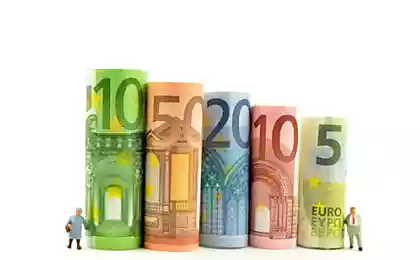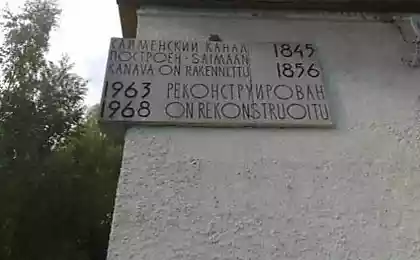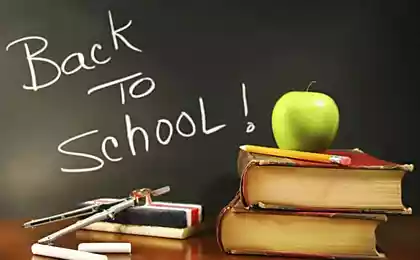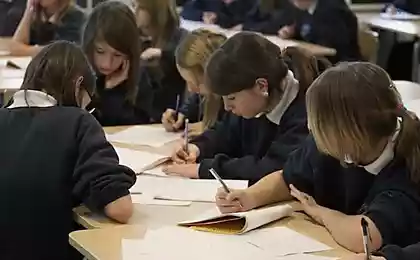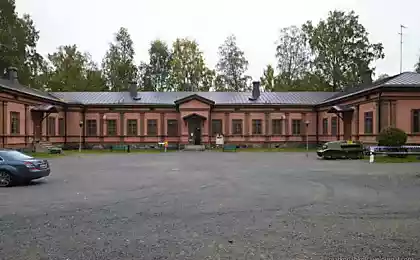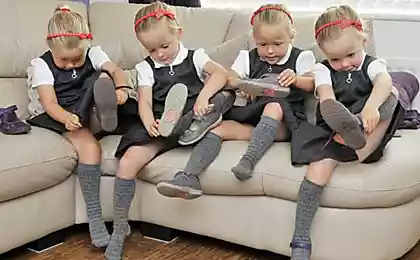607
Education in Finland— the best in the world. How do they do it?
//rutube.ru/play/embed/6696472
The education system of Finland is recognized as the best in the world, according to a new global ranking of countries compiled by the Economist Intelligence Unit for Pearson media group.
On 2nd place — South Korea, rounded out the top three in Hong Kong. Japan and Singapore — on the 4th and 5th places respectively. Russia has occupied 20-e a place in rating, USA — 17th.
For Finland this is not an accident. Since implemented the largest reform in education 40 years ago, the school system is always in top international rankings.
But how do they do it? It's very simple: going against the evolutionary centralized model adopted in most countries of the Western world.

Children of Finns do not go to school until they turn seven years old.
2. They rarely do the homework and do not pass the examinations until they reach adolescence.
3. The first six years of school children's knowledge are not evaluated at all.
4. There is only one mandatory standardized test in Finland, which is carried out when the children turn 16 years old.
5. All kids smarter or dumber, are in the same class.
6. Finland spends about 30% less per student than the United States.
7. 30% of students use more help in the first nine years of schooling.
8. 66% of high school graduates go on to College (which is the highest in Europe).
9. The difference between the strongest and the most lagging students minimum in the world.
10. 93% of Finns graduate high school (17.5% more than in the US).
11. 43% of high school students go to summer school.
12. Elementary school students have 75 minutes of change per day, compared with 27 minutes in the United States.
13. Teachers only spend 4 hours a day at school and 2 hours a week to dedicate to professional development.
14. The number of teachers in Finland is comparable with new York, while the pupils are much smaller (600 thousand, compared to 1.1 million).
15. Schooling is 100% funded by the state.
16. All teachers in Finland must have a master's degree, which is fully subsidized.
17. The national curriculum represents only General guidelines.
18. Teachers are recruited from the top 10% of University graduates.
19. The average starting salary of a teacher in Finland is $28 thousand per year (data from 2008). In the United States — $36 thousand
20. The salary of teachers with experience of 15 years is 2% higher than the average salary of graduates of the same universities (in the United States is only 62% of the average wage).
21. There are no specific additional payments to teachers.
22. Teachers have the same social status as doctors or lawyers.
23. According to international research 2001, Finnish children were in the top, or very close to the top positions in science, reading and mathematics.
24. Finland is ahead of countries with similar demographics, such as Norway, where the education system is similar to the United States. published
P. S. And remember, only by changing their consumption — together we change the world! ©
Source: xn--80aim3aeec.xn--p1ai/publ/proshkoly/shkolnoe_obrazovanie_finljandii/1-1-0-82
The education system of Finland is recognized as the best in the world, according to a new global ranking of countries compiled by the Economist Intelligence Unit for Pearson media group.
On 2nd place — South Korea, rounded out the top three in Hong Kong. Japan and Singapore — on the 4th and 5th places respectively. Russia has occupied 20-e a place in rating, USA — 17th.
For Finland this is not an accident. Since implemented the largest reform in education 40 years ago, the school system is always in top international rankings.
But how do they do it? It's very simple: going against the evolutionary centralized model adopted in most countries of the Western world.

Children of Finns do not go to school until they turn seven years old.
2. They rarely do the homework and do not pass the examinations until they reach adolescence.
3. The first six years of school children's knowledge are not evaluated at all.
4. There is only one mandatory standardized test in Finland, which is carried out when the children turn 16 years old.
5. All kids smarter or dumber, are in the same class.
6. Finland spends about 30% less per student than the United States.
7. 30% of students use more help in the first nine years of schooling.
8. 66% of high school graduates go on to College (which is the highest in Europe).
9. The difference between the strongest and the most lagging students minimum in the world.
10. 93% of Finns graduate high school (17.5% more than in the US).
11. 43% of high school students go to summer school.
12. Elementary school students have 75 minutes of change per day, compared with 27 minutes in the United States.
13. Teachers only spend 4 hours a day at school and 2 hours a week to dedicate to professional development.
14. The number of teachers in Finland is comparable with new York, while the pupils are much smaller (600 thousand, compared to 1.1 million).
15. Schooling is 100% funded by the state.
16. All teachers in Finland must have a master's degree, which is fully subsidized.
17. The national curriculum represents only General guidelines.
18. Teachers are recruited from the top 10% of University graduates.
19. The average starting salary of a teacher in Finland is $28 thousand per year (data from 2008). In the United States — $36 thousand
20. The salary of teachers with experience of 15 years is 2% higher than the average salary of graduates of the same universities (in the United States is only 62% of the average wage).
21. There are no specific additional payments to teachers.
22. Teachers have the same social status as doctors or lawyers.
23. According to international research 2001, Finnish children were in the top, or very close to the top positions in science, reading and mathematics.
24. Finland is ahead of countries with similar demographics, such as Norway, where the education system is similar to the United States. published
P. S. And remember, only by changing their consumption — together we change the world! ©
Source: xn--80aim3aeec.xn--p1ai/publ/proshkoly/shkolnoe_obrazovanie_finljandii/1-1-0-82


